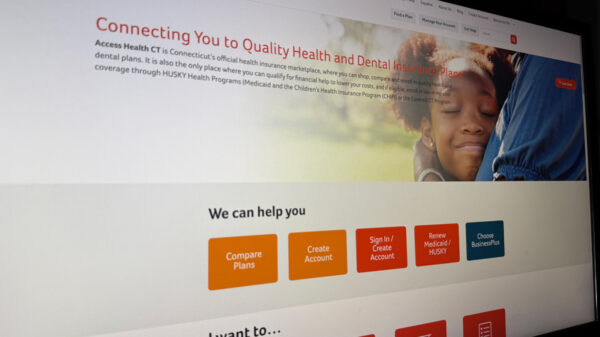Cancer patients urgently require dependable medical support, especially as artificial intelligence (AI) tools increasingly influence treatment decisions. While AI promises to enhance healthcare efficiency, the risks associated with its current limitations can misguide patients and healthcare professionals alike. The challenges posed by incomplete or erroneous AI outputs are particularly concerning in oncology, where accurate information is crucial.
The landscape of cancer treatment is rapidly evolving, with oncologists facing a deluge of data related to genomics, imaging, and clinical trials. Many physicians are turning to AI chatbots and decision-support systems to help navigate this complexity. For instance, an AI system integrated with the capabilities of the GPT-4 model significantly improved decision accuracy from 30.3% to 87.2%. Additionally, an AI tool known as “C the Signs” successfully increased cancer detection rates in general practice settings in England from 58.7% to 66.0%.
Despite these advancements, reliance on AI presents substantial risks. The phenomenon known as “AI hallucination” refers to instances where AI generates false or misleading information. A notable example involved Google’s health AI, which misidentified damage to a non-existent anatomical structure, the “basilar ganglia.” Such errors can have dire consequences when relied upon without thorough human oversight.
Recent evaluations of six prominent AI models, including those developed by OpenAI and Google’s Gemini, revealed significant reliability issues. These models frequently produced confident yet erroneous outputs that lacked logical consistency and factual accuracy. In oncology, where each patient presents unique challenges, the tolerance for error is minimal. Specialized medical chatbots, despite their authoritative tone, often lack transparency in their reasoning and data sources, leading to potentially harmful decision distortion.
The ethical and legal ramifications of AI in healthcare are also pressing. If an AI-recommended treatment results in patient harm, it raises questions about liability. Is the responsibility shared among the physician, the healthcare institution, or the AI developers? Legal frameworks are still adapting to these new challenges, with experts warning that excessive reliance on AI could constitute negligence.
The issue of AI hallucination extends beyond healthcare. In the legal profession, there have been cases where lawyers faced disciplinary action for citing fabricated case law generated by AI. In one prominent case, attorneys from Morgan & Morgan were sanctioned for submitting documents referencing non-existent citations. If courts are holding legal professionals accountable for AI-generated inaccuracies, similar scrutiny in the medical field seems imminent.
The training processes for many AI systems often rely on fixed datasets, which can hinder their ability to incorporate the latest oncology breakthroughs. Consequently, these systems may overlook new clinical trials or emerging biomarkers, potentially compromising patient care. Furthermore, the fragmented and non-standardized nature of medical data complicates AI’s effectiveness. AI performs best with well-structured data, yet the evolving landscape of medical research presents challenges that such systems may struggle to navigate.
Advocates for AI in cancer care emphasize the need for continued development of these tools. However, they also stress the importance of retaining human oversight in decision-making processes. Oncologists should not relinquish their authority to AI; instead, they should actively engage with AI outputs, reviewing supporting evidence and verifying that the AI’s assumptions align with each patient’s unique context.
To mitigate risks, healthcare providers should implement rigorous validation processes for AI systems, ensuring that they are updated with the latest clinical data. Promoting transparency regarding training sources and mandating human review of AI recommendations will foster trust in these technologies. Establishing clear liability rules will also enhance accountability and encourage responsible innovation.
In practice, clinics utilizing AI decision tools should monitor outputs closely, compare outcomes, and allow physicians the discretion to override AI suggestions when necessary. Moreover, the standardization of medical data and timely sharing of new research findings can help bridge the gap between AI capabilities and the frontiers of medical knowledge.
Cancer patients cannot afford delays in achieving reliable treatment solutions. While the ultimate goal is to harness AI’s potential to enhance patient outcomes, it is imperative that human expertise remains central to the decision-making process. AI should serve as a supportive tool, not a replacement for the nuanced judgment of trained medical professionals. For patients and their families, the stakes are too high to compromise on the quality of care.



































































